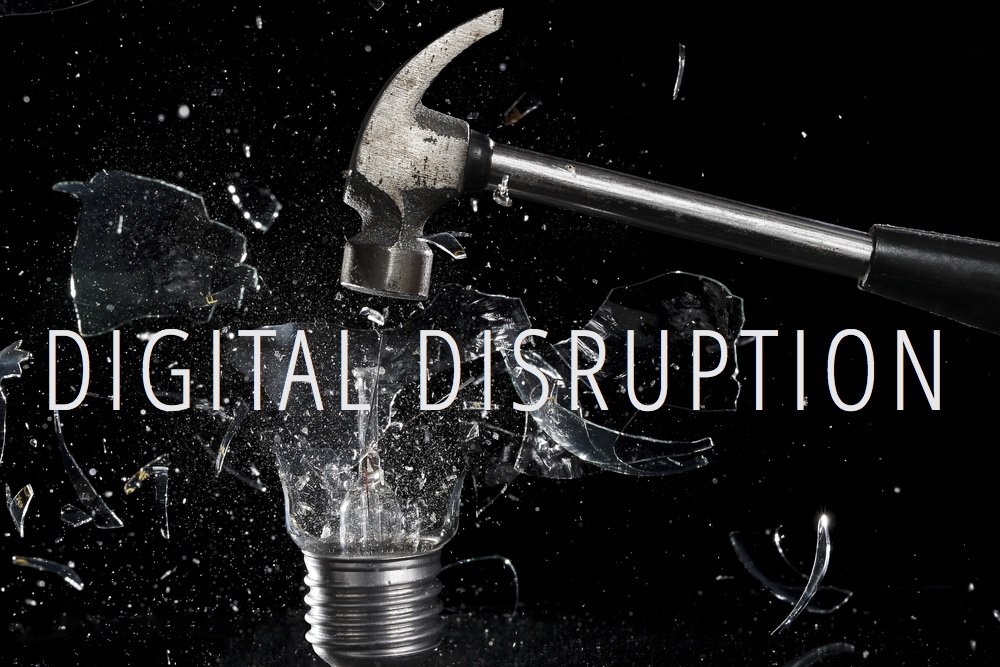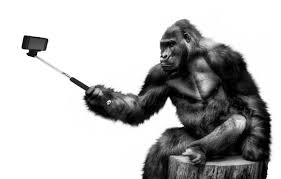There was a time when disruptive innovation was considered an unwanted change … now it equates to relevant, creative, and forward-thinking innovation.
All of this disruptive innovation is a challenge for brand managers who previously earned their keep by stroking our anxieties. Fear, sex, and novelty were the drivers for 90% of all advertisements and still represent a good percentage. But times are changing and disruptive innovations require a more sophisticated approach to brand marketing. Products/services are now required to deliver on value and measure up to consumer expectations.
Examples of Disruptive Innovation
- Amazon in the grocery and drug prescription businesses
- Uber in the taxi and food delivery
- Airbnb in short-term property rentals
- Netflix in content streaming
There are many grim reminders that success is only as secure as the ability to stay nimble and responsive to evolving consumer preferences.
Apple is a powerhouse. It was the first company in history to reach a $1 trillion valuation and unmatched when it comes to brand management. It can price its products higher than competitors because Apple has forged an iconic brand that delivers on what its customers expect – product leadership.
‘Social engagement‘ is a growing desire on the part of consumers to make personal connections with the companies they interact with. Referred to as the Kinship Economy this presents a huge opportunity for brand marketers to build on brand-to-consumer interaction and introduce disruptive innovations to even the most mundane of products.







0 Comments